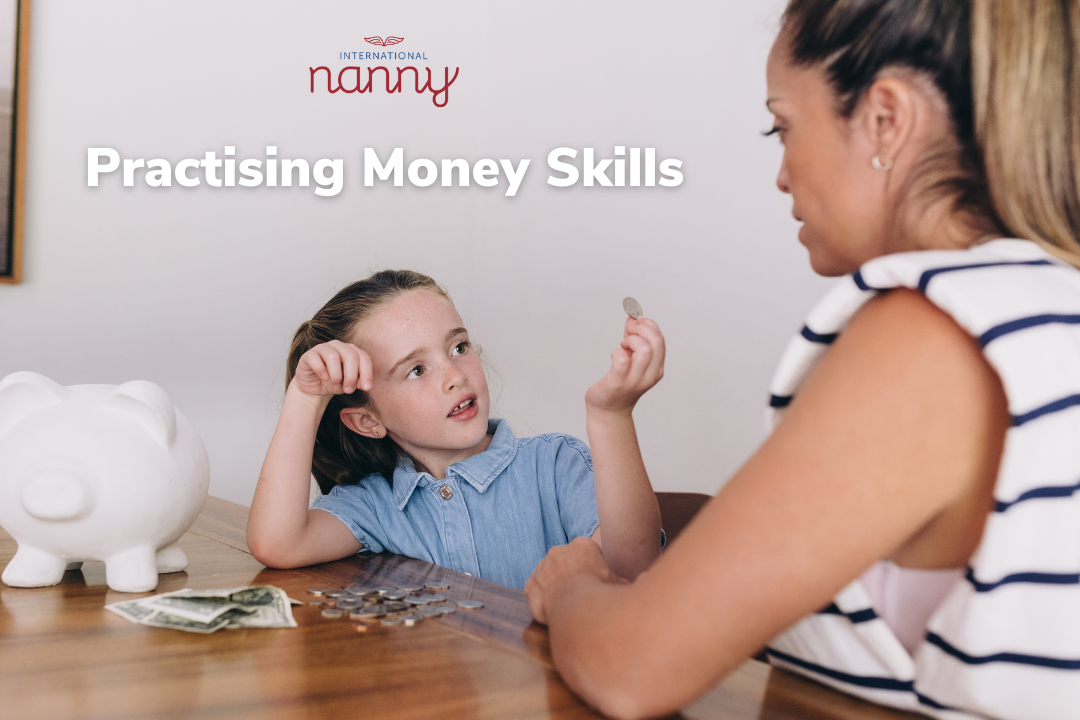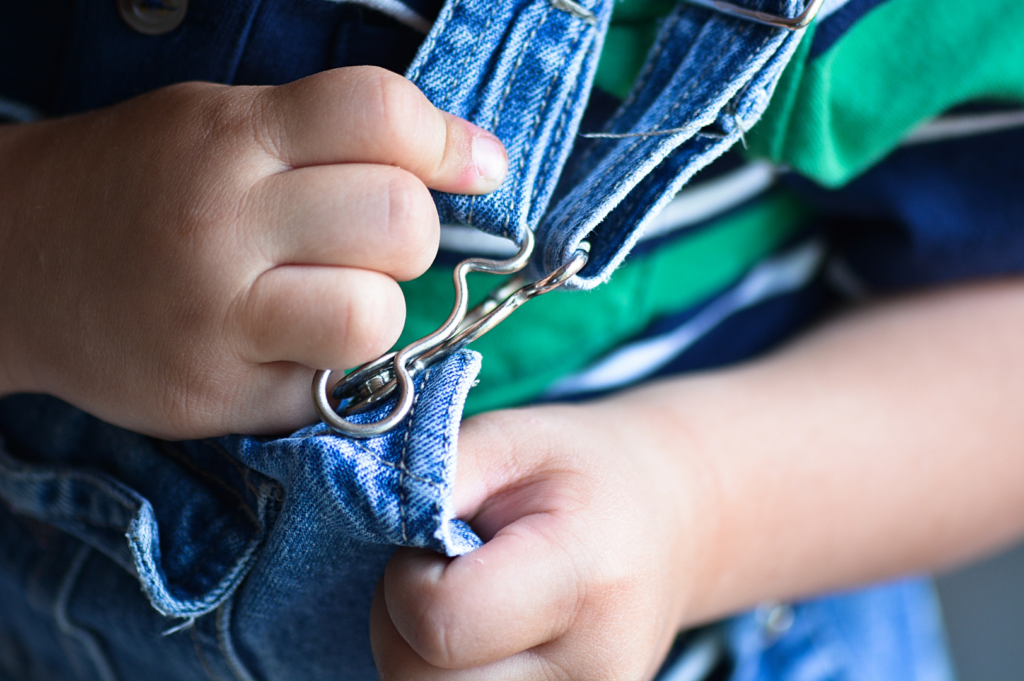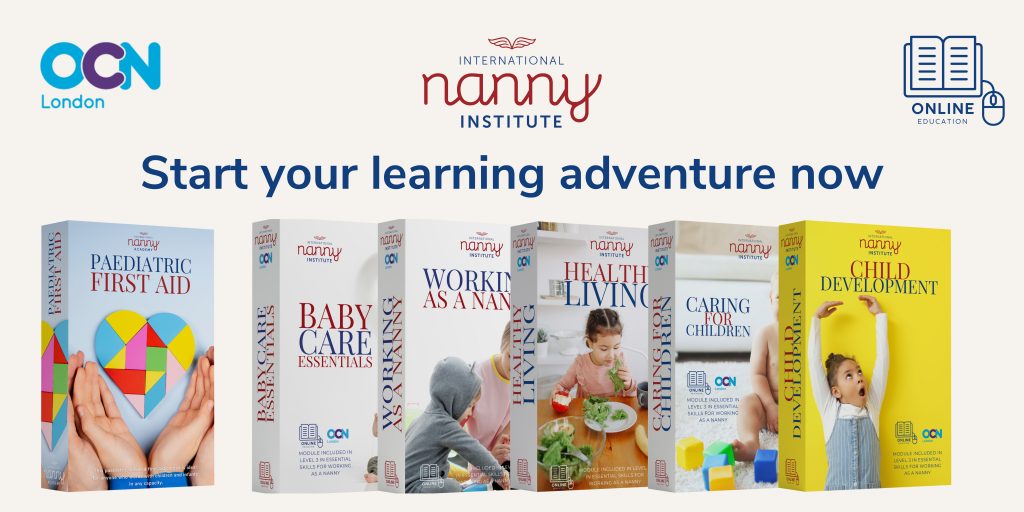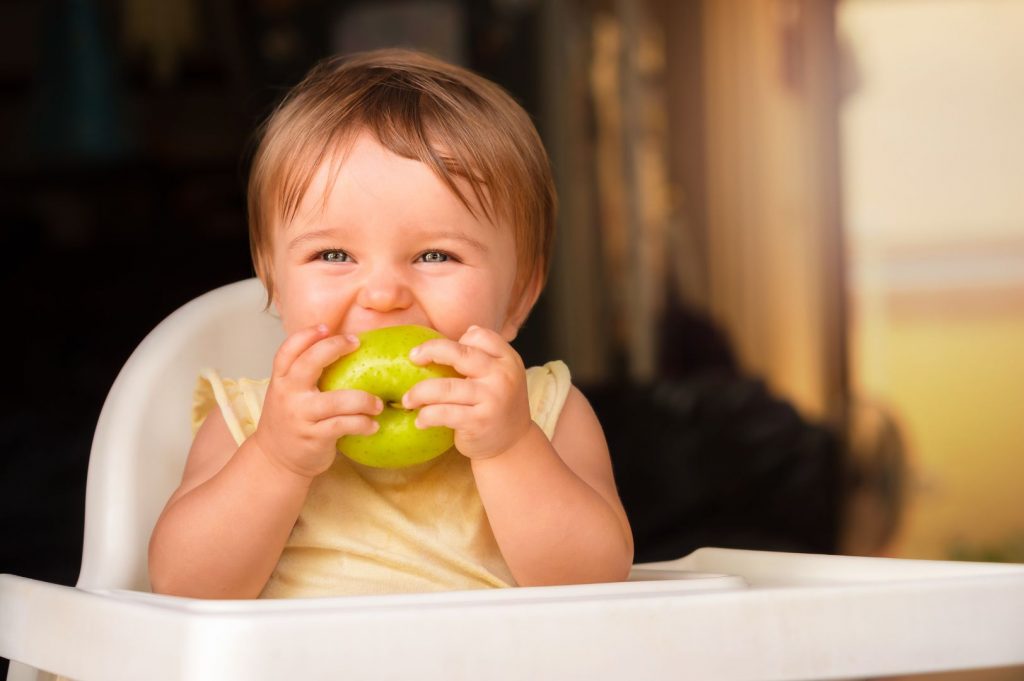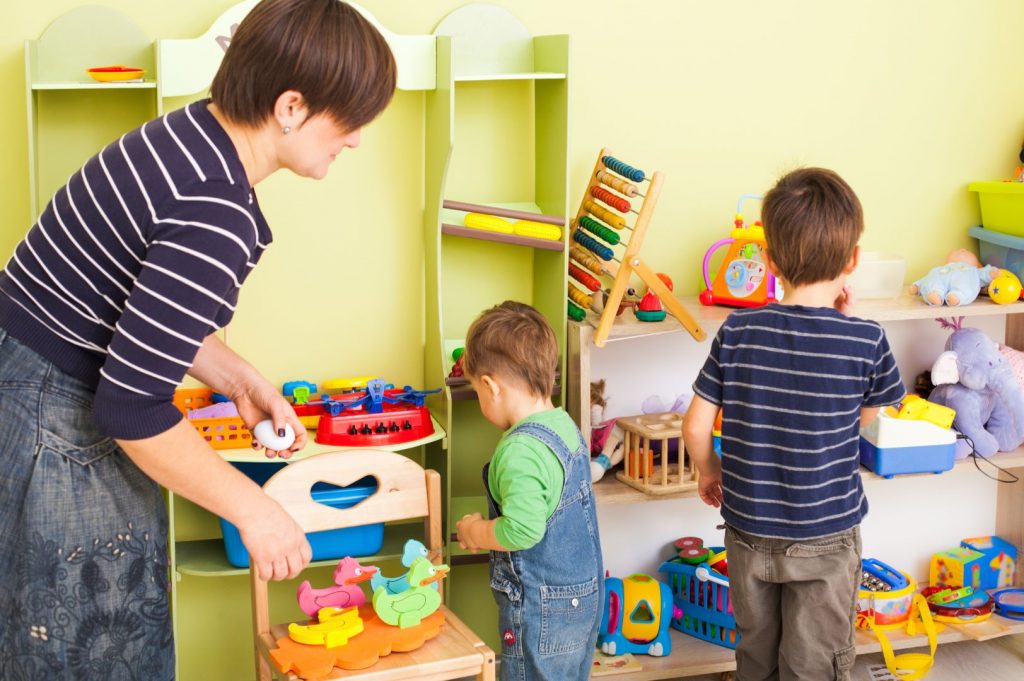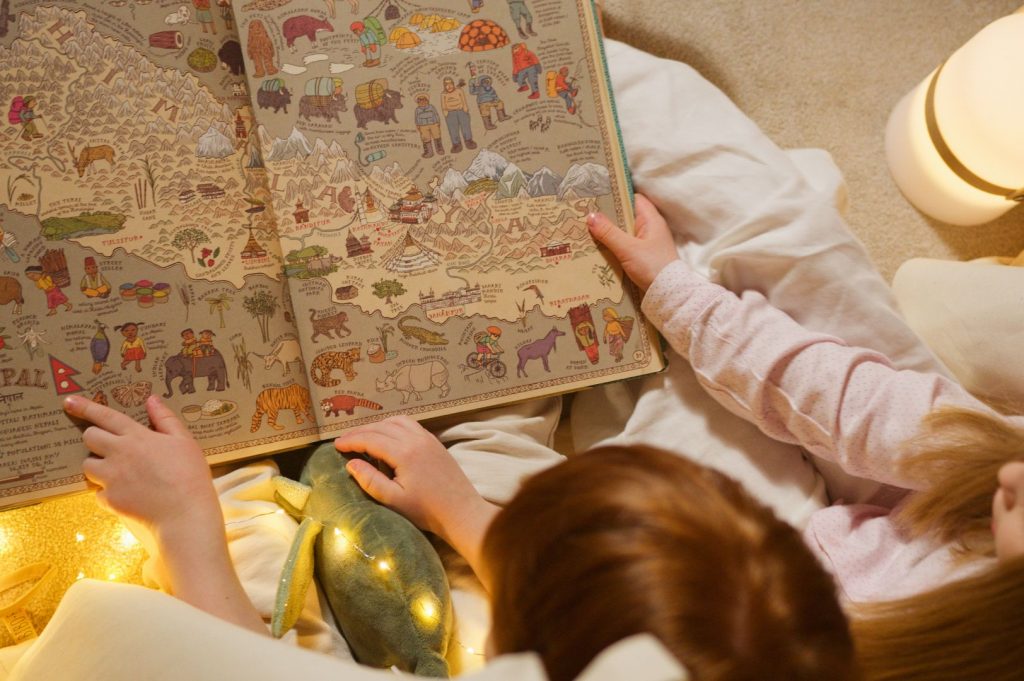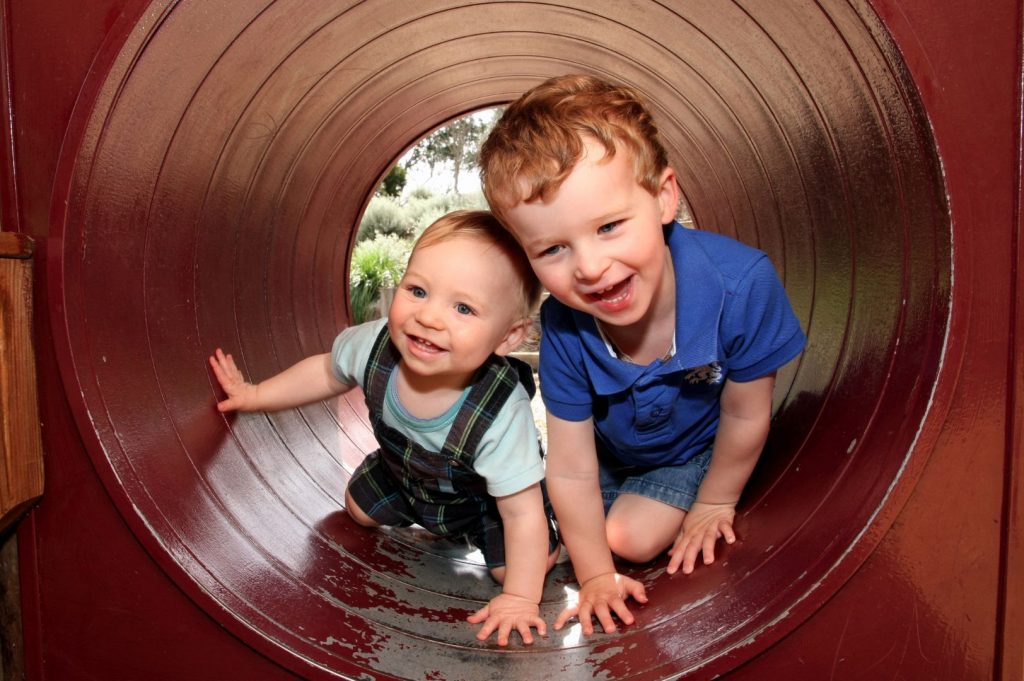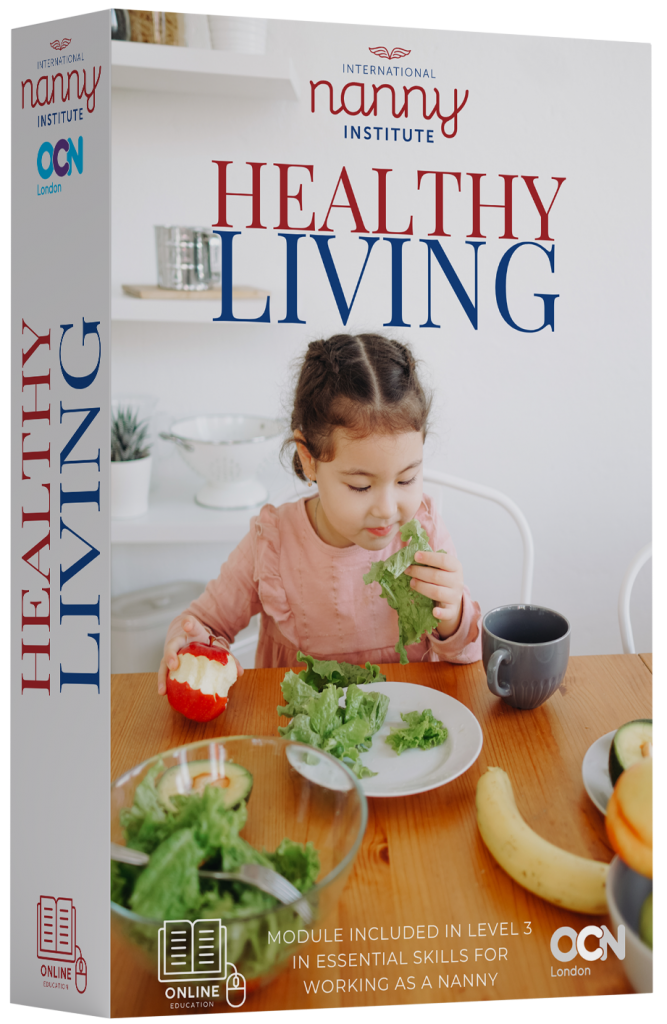As a nanny, one of your essential responsibilities is to help children develop essential life skills. One of the most important skills is understanding money and financial literacy. By teaching children about money through games, activities, and real-world experiences, nannies can prepare them to make informed financial decisions and become financially responsible adults.
In this blog, we will explore the importance of teaching money skills to children, strategies for incorporating financial literacy into daily activities, and tips for nannies to help young children practise money skills.
Why is it important to teach money skills to young children?
Financial literacy is a crucial part of daily life that is often overlooked. Children need to learn how to manage money, set goals, save, and invest in their future. By teaching financial literacy skills at an early age, children can avoid financial missteps and begin building a solid financial future.
Furthermore, financial literacy skills can help children develop discipline, responsibility, and decision-making skills. When they manage an allowance or budget, children learn how to prioritise and make informed choices, which is an essential life skill.
Incorporating Financial Literacy in Daily Activities

One of the best ways to build children’s financial skills and ability to manage money is to approach it as part and parcel of everyday life, showing these skills in context and allowing children to learn from experience with a little- and-often approach. Here are some of the ways that nannies can help to achieve this.
Allowance and Budgeting
An allowance is a great way to teach children about money management. By providing an allowance and setting a budget, children learn how to allocate their money and make choices buying decisions. Nannies can assist in tracking expenses, helping children avoid overspending or impulse buying.
Playing Games
Games that involve money can teach children about budgeting, investing, borrowing, and saving money. Board games like Monopoly or The Game of Life or digital games, such as video games, apps, and online games, can teach financial concepts in an engaging, fun way.
Grocery Shopping
Grocery shopping is a great way to teach children about budgeting and money management. Nannies can involve children in creating a grocery list, comparing prices, understanding coupons, and making purchasing decisions based on quality and cost. It teaches children to think critically and prioritise their shopping needs.
Going to the Bank
Visiting a bank or credit union is an excellent way to teach children about various banking services, such as opening a savings account, understanding interest, and making deposits and withdrawals. Bank representatives can explain the benefits of savings and discuss the differences between checking and savings accounts, and the consequences of over drafting an account.
Setting Goals
Teaching children how to set financial goals like saving for a new toy or future expenses is a critical lesson in money management. Nannies can help children plan the steps required to attain these goals, developing a sense of financial responsibility and accountability.
Tips to Help Children Practice Money Skills

As in all things, with money, practice makes perfect! It is important to give children the opportunity to apply and practise the skills they have learnt about. Here are some of the ways to do that:
Encourage Savings
Nannies can encourage children to save money by setting a savings goal and providing a visual representation like a savings jar, chart or piggy bank. Encourage children to contribute to their savings regularly and suggest reward systems for reaching milestones.
Make Learning Fun
Incorporate gaming or activities that teach financial literacy concepts while making them fun and engaging. Create activities where children can pretend to buy things and interact with different financial situations. Role-play scenarios like shopping or running a business can help children learn concepts like budgeting and making informed decisions.
Set a Good Example
Children learn by mimicking their elders, so nannies need to lead by example. Parents and caregivers can set the stage by discussing money matters in front of their children, such as budgeting, bill-paying, or health care expenses.
Encourage Charity
It’s important to teach children that money is not only for personal use, but also for helping those in need. Encourage children to participate in charitable acts, such as donating part of their allowance to a worthy cause or volunteering at a non-profit organisation.
Teach Responsible Borrowing
Teaching children about responsible borrowing and credit management can help them make informed financial decisions in the future. Discussing the consequences of borrowing too much money and not paying it back on time can help children understand the importance of healthy borrowing habits.
In conclusion, teaching children about money and financial literacy is essential for their future financial success. Nannies can incorporate financial literacy activities in daily activities, such as playing games, grocery shopping, setting goals, and visiting banks. Additionally, encourage savings, practise good financial examples, and incorporate charitable giving. By providing children with financial education, nannies can help set the foundation for a successful future and lead them toward financial responsibility and independence.
If you’re interested in how nannies can integrate education on a range of subjects like this into their daily childcare role, then our course Integrating Education into Childcare may be for you! This course looks at how young children learn and how nannies can support this through play in their day-to-day roles.


